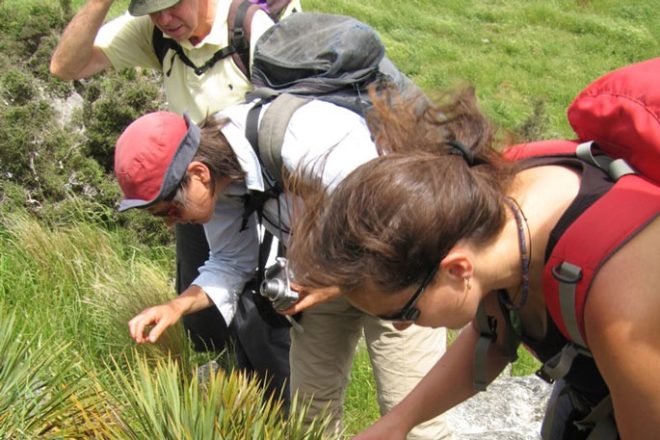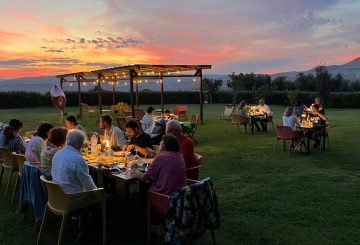カンタベリー大学の研究者とそのパートナーは、ニュージーランド人が侵入性害虫と戦うのに役立つFind-A-Pestというアプリを開発しました。このアプリを使うと、外来種の植物、動物、昆虫を特定して報告することができ、ニュージーランドの環境保護に役立ちます。
このアプリは、害虫情報のデータベースを作成し、第一次産業省、自然保護局、地域評議会、一次産業団体など複数の組織が使用しているという点で、ニュージーランドではユニークです。
このアプリについて助言しているスティーブ・ポーソン准教授によると、このアプリは教育ツールとしても使えるという。このアプリは人工知能 (AI) を使用して害虫を識別し、その生息地、宿主、分布に関する情報を提供します。その後、専門家チームがこれらの識別情報を確認し、ユーザーにフィードバックを提供します。
Find-A-Pest は、環境保護に関心のあるすべての人にとって貴重なリソースです。このアプリを使用することで、個人は害虫を早期に発見し、害虫管理の取り組みを支援し、環境へのダメージを最小限に抑えることができます。
第一次産業省 (MPI) は、2018年の開始以来、Find-A-Pestの開発において重要な役割を果たしてきました。MPIの最高バイオセキュリティ責任者であるピーター・トンプソン氏は、このアプリはバイオセキュリティツールボックスのもう一つのツールであり、より多くの人々に侵入種から環境を保護するよう促していると述べています。
ユーザー自身が害虫の専門家である必要はありません。AI が種の識別に役立ち、専門家がその識別情報を照合します。ユーザーからのフィードバックを受けて、アプリはオフライン機能、即時識別、簡単な報告プロセス、ニュージーランドの害虫についてユーザーを教育するための重要な情報を提供するように更新されました。
「今回のアップデートに非常に興奮しています」とポーソン准教授は言います。「私たちのチームは、ユーザーからのフィードバックを取り入れ、より良い体験を提供するためにたゆまぬ努力を重ねてきました。これらの変更により、Find-A-Pest がより魅力的で、直感的で、誰にとっても役立つものになると信じています。」
アプリは Find a Pest のウェブサイトからダウンロードできます。





























































